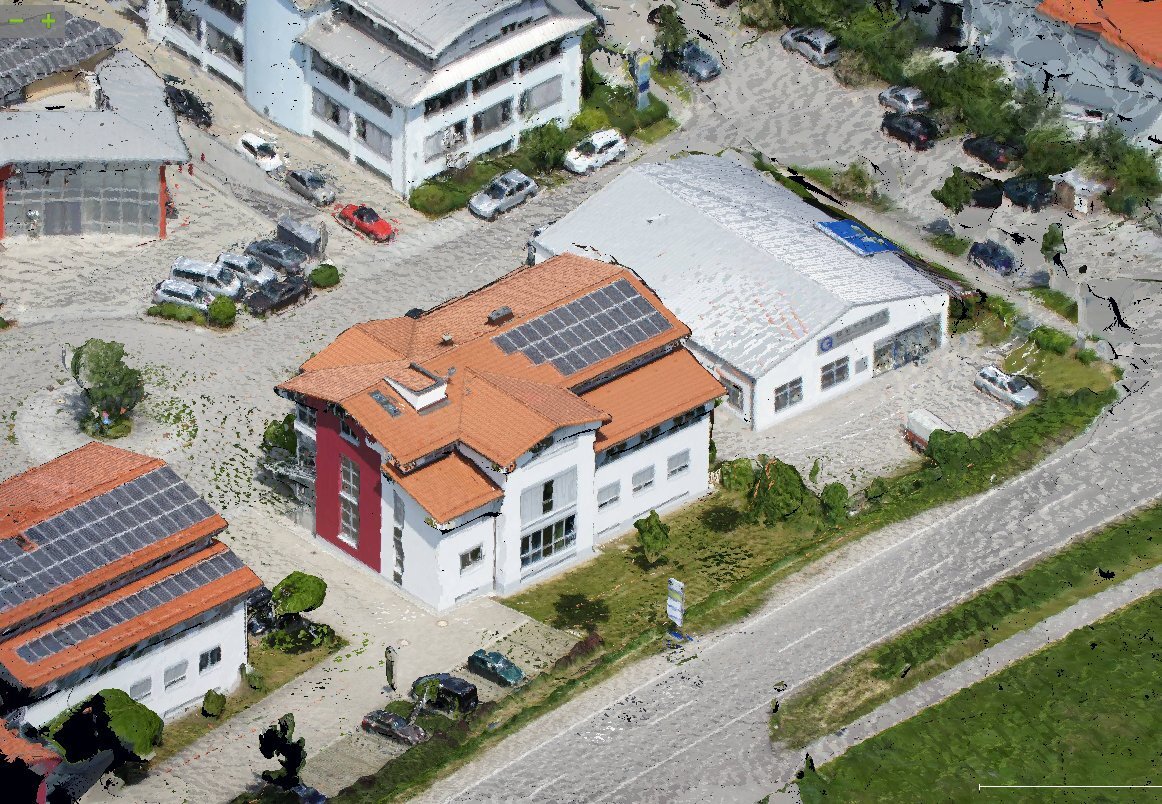Wild Weather in AR
An augmented reality experience using a Kinect system that enables visitors to stand inside an animated hurricane scene, depicting some of the effects of extreme weather. Visitors can get a sense of scale for what a mild, medium or severe day with wind or coastal flooding would be like. All 3 different intensity levels of storm scenarios live in a single environment.
Client: Phillip and Patricia Frost Museum of Science
Role: Lead UIUX, and 3D visuals; My creative process reading/Interview link: Yujie Jiang on creating an AR interactive exhibit
Tools: Adobe Ai/Ae, Cinema4D
Deliverables: Kinect Augmented Reality Game
Press Readings:
- Blooloop
- CBS Miami
- Timeout
- Miami’s Community
DEC.2020 - MAR.2021
Overview
A Kinect system that enables visitors to stand inside an animated hurricane scene, depicting some of the effects of extreme weather. Visitors can get a sense of scale for what a mild, medium, or severe day with wind or coastal flooding would be like. All 3 different intensity levels of storm scenarios live in a single environment.
User Journey
Experience is only activated by a visitor stepping into a delineated area. When visitors step inside a defined area, the screen is activated and the game starts, and the visitors see themselves standing inside a simulated hurricane environment. The intensity of the hurricane grows as the game progresses.
Research
I built the environment based on the Florida Coastline scene that is a residential location near Miami Beach, and a normal single-family home rather than a high rise is preferred by the clients.
01. Typical residential houses in Miami
from Google Earth.
02. Hurricane damage levels
03. Onsite Test
Storyboards
The storm is anonymous and reflects 3 different levels of intensity: mild-medium-severe. Storm elements include wind, flying debris, leaves, wood, rain, storm surge, waves, etc., as the fundamentals of building a realistic hurricane environment.
Simulation begins. Hurricane is coming.
The sky darkens, trees are shaking, water rushes on the road, and surge rises to 2-4 ft Surge.
When the timeline reaches the 1st ‘Mild’ Marker, 3D animation pauses. Animated infographics pop up and explain the conditions
3D animation begins to slowly ramp up Trees and signs are falling over or blowing away, House breaks slightly Cows fly through scene, 8-10 ft surge.
PAUSE - When the timeline reaches the ‘Medium’ marker the 3D animation pauses. Animated infographics pop up and explain the conditions.
Large flying pieces of debris, cars tossed in the wind, 10-14 ft surge.
When the timeline ‘Severe’ marker is reached 3D animation pauses. Animated infographics pop up and explain the conditions.
Water recedes and objects in the sky fall to the ground.
A prompt informs visitors to move to Hurricane Hindsight (Exhibit III), then screen back to attractor mode.
Composition
The composition of the environment, for example, the lighting, perspective, colors, how detailed is the 3D poly and how the scene is constructed and where do people stand crucially determine the overall user experience for this exhibit.
Interfaces
The composition of the environment, for example, the lighting, colors, 3D style, and how the scene is constructed and where do people stand crucially determine the overall user experience for this exhibit.
Attractor Mode
Building a sense of familiarity
The most commonly used large-screen designs for everyone might be ATM and gas pumps, ticket kiosks, or museums, but people are reluctant to interact with large displays when they are not sure what they are supposed to interact with this giant installation. So, to attract the users to interact, providing hints in advance is critical.
01
Instructional UI over darkened simulated environment background.
02
UI animation instructs visitors to step inside the defined area.
03
After the visitors stepping in, the environment is triggered, and the darkened background fades out.
04
The visitors see themselves standing inside a hurricane environment. The game begins.
An instructional UI animation loops when no one is standing inside the game detecting area. When people approach, they follow the instruction animation and step inside the defined area, and the screen is then activated. The Wild Weather AR game begins.
Gallery
The composition of the environment, for example, the lighting, colors, 3D style, and how the scene is constructed and where do people stand crucially determine the overall user experience for this exhibit.

















![4617_cmp_01_WildWeather_v003.[0000-1560] (0-00-05-25).png](https://images.squarespace-cdn.com/content/v1/601cc68f1a355a7eb34234bf/1629337902235-O35TAOOAHA4U6X1YDKBK/4617_cmp_01_WildWeather_v003.%5B0000-1560%5D+%280-00-05-25%29.png)
![4617_cmp_01_WildWeather_v003.[0000-1560] (0-01-08-07)-01.png](https://images.squarespace-cdn.com/content/v1/601cc68f1a355a7eb34234bf/1629337941156-LPU4I9XGXIP2L76A0VH2/4617_cmp_01_WildWeather_v003.%5B0000-1560%5D+%280-01-08-07%29-01.png)






